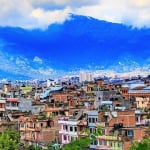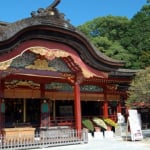Name: Yamato River Sake Brewery “Hoppō Fūdokan”
Address: 476 Teramachi, Kitakata City, Fukushima Prefecture
Official Site: http://www.yauemon.co.jp/
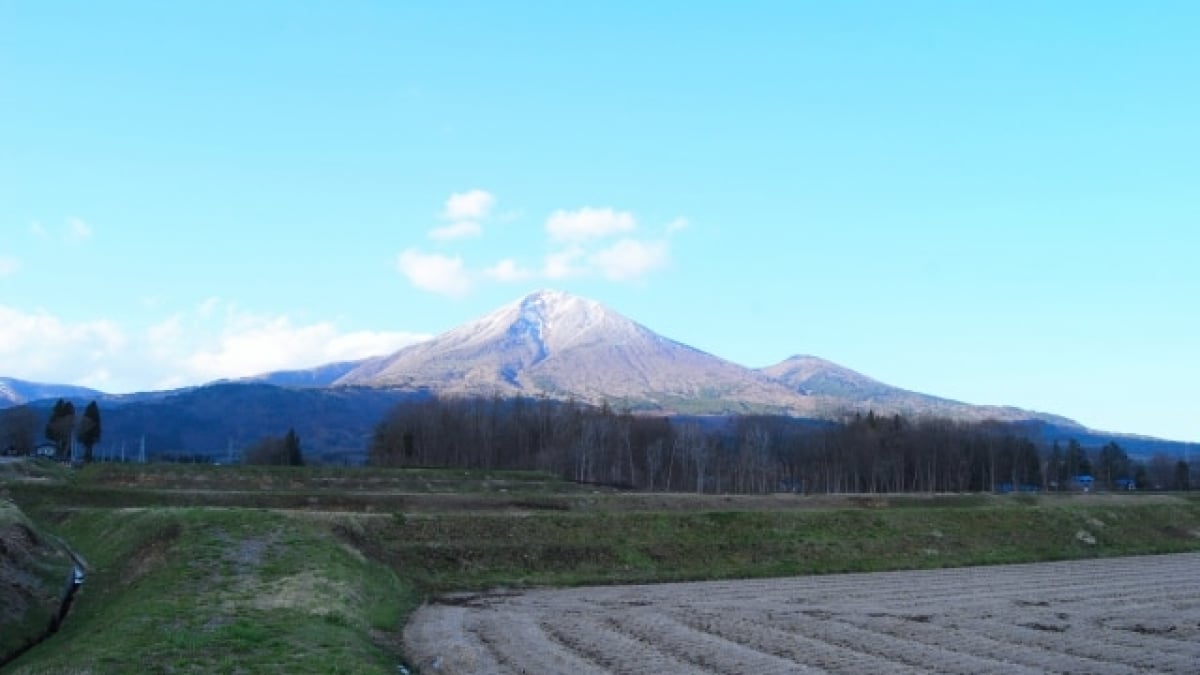
5 Recommended Tourist Spots in Kitakata, Fukushima – A Must-Visit for Its Charm and Rich Heritage
Kitakata City is a town of about 40,000 people located on the northern side of the Aizu Basin in western Fukushima Prefecture. Known for its many “kura” (traditional storehouses) and for Kitakata ramen—counted among Japan’s top three ramen styles—Kitakata attracts many tourists every year. The city features a picturesque, traditional landscape reminiscent of old Japan and sprawling rural scenery that soothes the heart. In this guide, we introduce 5 recommended tourist spots in Kitakata that you simply cannot miss when sightseeing.
table of contents
[x] close
5 Recommended Tourist Spots in Kitakata, Fukushima – A Must-Visit for Its Charm and Rich Heritage
1. Yamato River Sake Brewery “Hoppō Fūdokan”
Near Kitakata, on the border between Fukushima Prefecture and Niigata Prefecture, lies one of Japan’s leading heavy-snowfall regions. In the spring, when snowmelt water from Mt. Iiide permeates the land, sake brewing has been thriving in Kitakata since the Edo period. “Yamato River Sake Brewery Hoppō Fūdokan” is an exhibition hall set in the sake brewery’s old storehouse that was once used by the long-established Yamato River Sake Brewery.
It is a popular destination for many tourists and is a must-see spot to learn about the culture of kura. The storehouses used as the exhibition hall are named “Edo Kura,” “Taishō Kura,” and “Shōwa Kura” according to the periods when they were built. Each displays tools used in sake brewing and various types of sake produced by the Yamato River Sake Brewery. In addition, the “Shōwa Kura” was once used for events, lectures, and even CD recordings by a pianist, taking advantage of the excellent acoustics of the kura. Visit this exhibition to learn about the significance of kura, which have been indispensable to our Japanese way of life.
2. Kitakata Kura no Sato
For those interested in kura, the “Kitakata Kura no Sato” is highly recommended. This spot exhibits many traditional storehouses that represent Kitakata. On a sprawling site, various types of kura are arranged so that you can understand the role and significance of kura in Kitakata, as well as their construction.
It will make you appreciate just how captivating Japan’s age-old traditions are. Inside the kura, local specialties and souvenirs are also on display and for sale. With an art museum attached, this spot is a must-see when touring Kitakata.
Name: Kitakata Kura no Sato
Address: 2-109 Oshikiri, Kitakata City, Fukushima Prefecture
Official Site: http://www.furusatosinkou.co.jp/sato/
3. Kitakata Kura Zashiki Art Museum
“Kitakata Kura Zashiki Art Museum” is a tourist spot created by renovating an old storehouse that once belonged to a ryokan in the area. The proprietor of that ryokan, who was also an art dealer, had many artworks from cultural figures such as Chikuharu Yumeji and Mushakoji Saneatsu, and these remain in the collection.
The storehouse used as the museum was originally built in 1891 (Meiji 24) and consists of a three-room structure—the “Tozen,” “Uwadana,” “Nakano,” and “Mitsu no Ma” (three rooms). Inside, about 100 pieces of artworks including Japanese paintings, calligraphy, ceramics, and hanging scrolls are exhibited. This facility allows you to learn about modern Japanese cultural arts as well as the lifestyle of an old ryokan, making it a historically valuable tourist spot.
Name: Kitakata Kura Zashiki Art Museum
Address: 3-4844, Kitakata City, Fukushima Prefecture
Official Site: http://www.kitakata-kanko.jp/category/detail.php?id=137
4. Wakaki Brick Kura
Kitakata is famous for its sake and ramen, all of which are made using the crisp, pure snowmelt water from Mt. Iiide. This same water is also used for making soy sauce, miso, and other traditional products. The founding of “Wakaki Shoten,” a business specializing in soy sauce, miso, and local sake production, dates back over 250 years to Hōreki 5 (1755). They have continued to produce soy sauce and miso using time-honored methods and carefully selected ingredients. Even today, eight kura still exist.
The “Wakaki Brick Kura” introduced here was built in 1904 (Meiji 37) and consists of a three-story tool kura and a two-story sitting kura. As a renowned tourist spot, the first floor of the tool kura now functions as an exhibition room, allowing visitors to tour the sitting kura. The first-floor sitting room is made of striped persimmon wood and is designated as an Important Tangible Cultural Property. On the second floor, the “Keyaki Room” features luxurious keyaki wood and an entrance resembling a balcony-style porch, reflecting the leisure of retired prosperous farmers of the time. This facility is both historically fascinating and evocative of the lifestyle envisioned by wealthy farmers of the past. After touring the kura, why not sample some soy sauce or miso, as well as senbei, which are also on sale—guaranteed to delight as souvenirs!
Name: Wakaki Brick Kura
Address: 3-4786, Kitakata City, Fukushima Prefecture
Official Site: https://goo.gl/vEmHq7
5. Atsushio Onsenkyo
Atsushio Onsen is located in Netsushio Kanō Town in Kitakata City and is a historic onsen that dates back about 700 years. It has long been used as a hot spring resort for healing. True to its name, it is characterized by hot water with a high salt content. Seawater accumulated by tectonic movements is heated by geothermal energy and emerges as hot springs. This hot water, which warms the body well, is known to be effective for women’s ailments and is also called “the hot spring of fertility.” At the entrance to Atsushio Onsen, you’ll find a statue of “Kozukuri Jizō,” and many visitors come to pray for fertility or to give thanks.
Day-trip onsen facilities and foot baths are available for visitors. The communal bath costs 200 yen for adults and the foot bath is free. Next to the foot bath, you can see a source that gushes out 103 liters per minute—definitely worth a look. With numerous onsen and ryokan in the area, you can comfortably enjoy a tour of the hot springs in a natural setting. It is about a 30-minute drive from Kitakata Station. Spend a relaxing time in this nature-rich onsen resort deep in Kitakata!
Name: Atsushio Onsenkyo
Address: Netsushio Kanō Town, Kitakata City, Fukushima Prefecture
Official Site: http://atsushio-spa.com/top/
◎Summary
Kitakata is home to numerous kura that have supported Japan’s culinary heritage, as well as famous Kitakata ramen. The pure snowmelt water from Mt. Iiide has given rise to local sake, miso, and soy sauce, and has spurred the construction of many kura. The delicious water is also the foundation for Kitakata ramen. The town is dotted with many tourist attractions that attract a large number of visitors. The popularity of Kitakata as a tourist destination is due to the deep love and care the local people have for their culture and natural environment. If you’re looking to experience the nostalgia of a bygone era along with delicious ramen, be sure to visit Kitakata. The charm of old times and mouth-watering ramen await you!
RELATED ARTICLES
REGIONS
CATEGORIES
FEATURED ON Fukushima
-
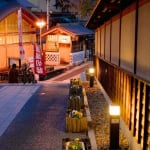
Let’s Explore Iizaka Onsen in Fukushima Prefecture – 5 Recommended Tourist Spots to Experience Art and History
-
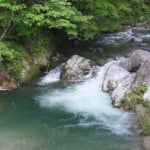
5 Tourist Attractions Near Tokusa Onsen, the Hidden Hot Spring Gem of Minamiaizu, Fukushima
-
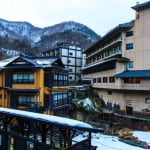
Introducing recommended sightseeing spots in Aizuwakamatsu and Higashiyama Onsen!
-
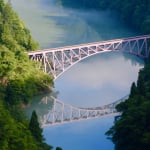
Fukushima Prefecture’s Tadami Town and 5 surrounding tourist spots: A journey through the capital of nature!
-
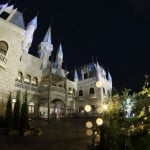
Popular tourist spot for girls in Fukushima! Introducing “Licca-chan Castle”
MOST POPULAR ON Fukushima
-
 1
1Doha: Must-see Attractions in the Capital of Qatar
-
 2
2Toronto: 10 Things to do in this Picturesque Canadian City
-
 3
3Amarillo: A City Famous for It’s Amazing Canyons, Great History and Music
-
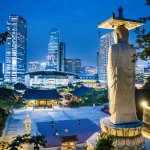 4
4South Korea: Dazzling Scenery, Rich Culture and Fascinating History
-
 5
5Kuwait: A Country in Middle East Asia Famous for Hot Sand Dunes and Stunning Cityscape



